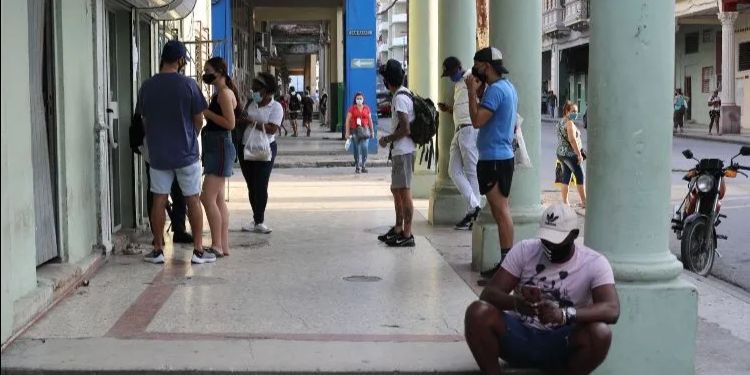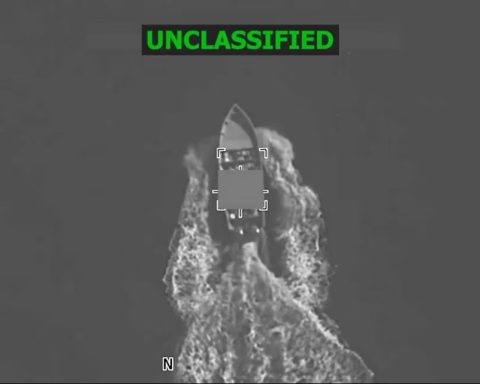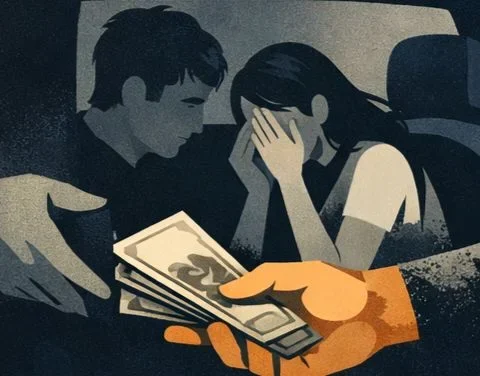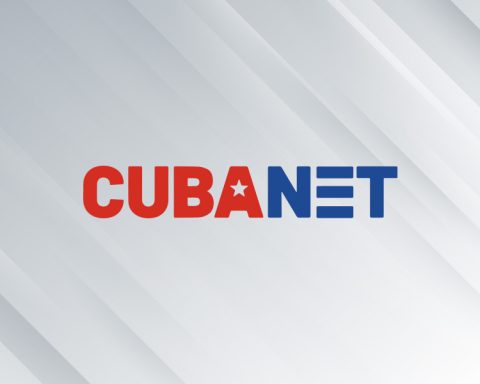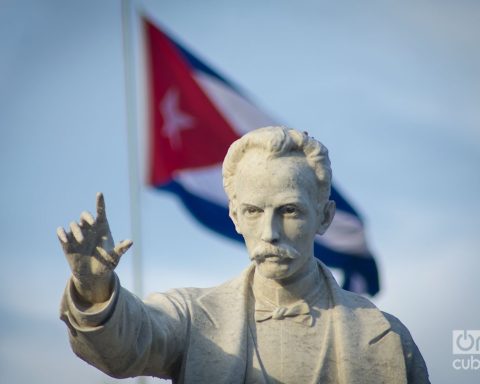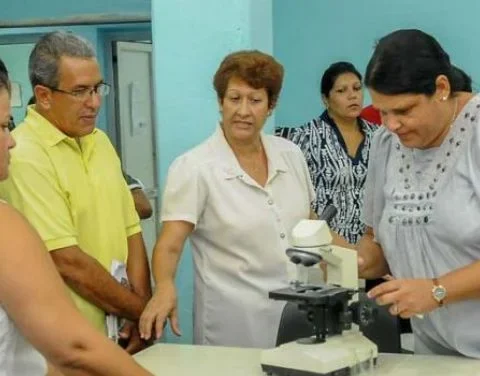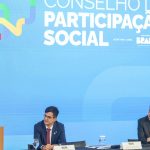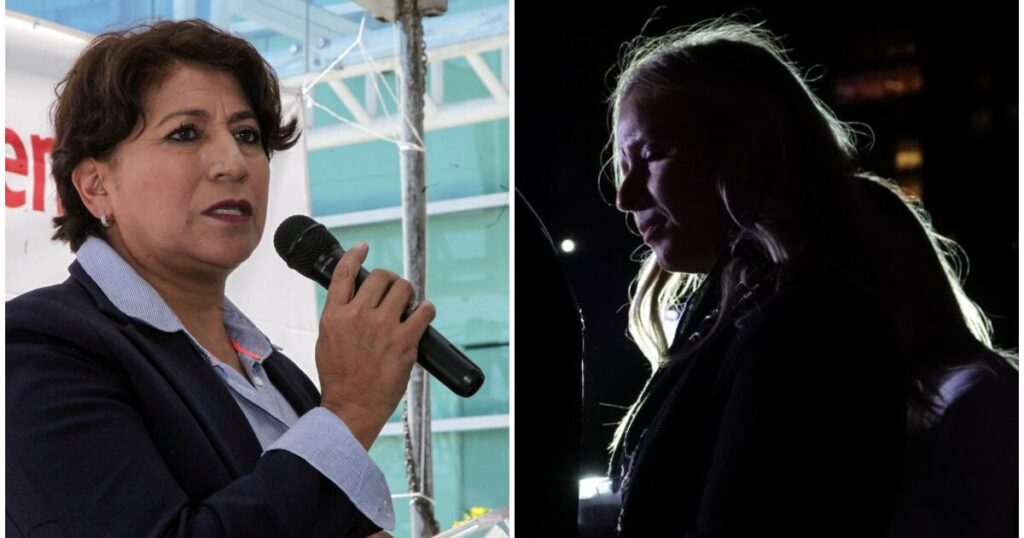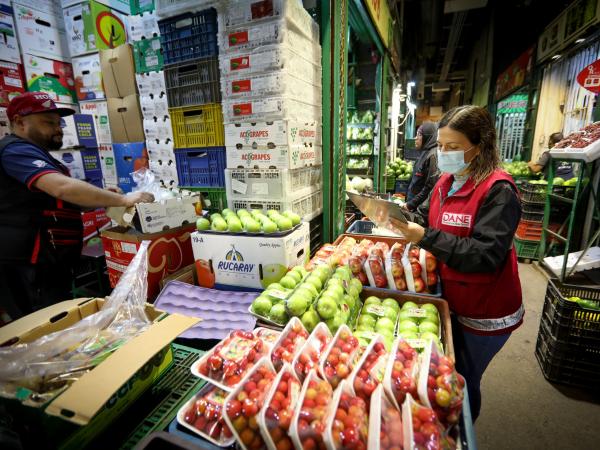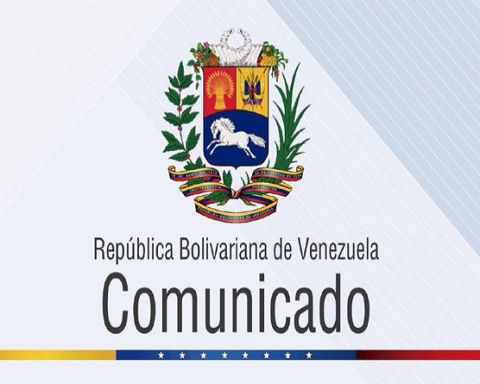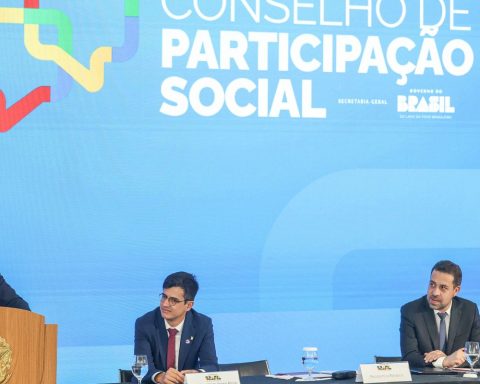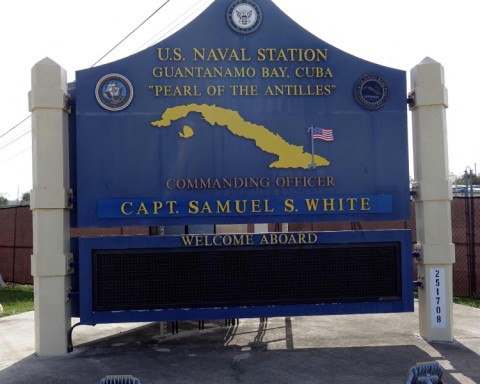Madrid Spain. – Last July, when Minister Alejandro Gil announced in the National Assembly the foreign exchange initiative that has aroused great attention among analysts and society in general, what he was really doing was certifying the total and utter failure of the Ordering Taskthe latest political decision by Raúl Castro and the communists, which has only served to deteriorate the Cuban economy to levels that are difficult to justify.
Thinking back a little, a year and a half ago, when the much-maligned Task Order came into force, the Cuban communist regime boasted to the whole world of betting on a fixed-rate exchange system, under the control of the Central Bank of Cuba, and with a vocation for stability. Almost nothing.
It was immediately apparent that this was impracticable. The Cuban peso, arising from the unification with the CUC, appeared with a very high value compared to the dollar and other currencies. An artificial value, which neither responded to the analysis of the fundamentals of the economy nor to the equilibrium of the foreign exchange market.
In a short time, the Central Bank of Cuba recognized that it did not have enough foreign currency to support the official exchange rate. In a matter of weeks, the regime prohibited the banks and Cadecas from carrying out foreign exchange functions, and even closed the airport offices in charge of the last exchange.
To make up for this disaster and respond to the internal demand for foreign currency, promoted by the regime with the stores in MLC, an informal market of people dedicated to currency exchange emerged spontaneously throughout the island, an activity that the regime had left to perform.
Thus, in the face of the failure of the state exchange system, a growing demand for foreign currency from very diverse sources appeared simultaneously in Cuba. On the one hand, the need to buy food or cleaning products in MLC stores, but then the obligatory purchase in MLC in establishments that supplied agricultural producers, in tourist resorts, restaurants and shows. Another component of foreign exchange demand was found in those who wanted to leave the country or travel to carry out non-commercial imports.
The demand for foreign currency did not stop growing, and the supply was languid because the remittances that arrived through transfers were controlled by the State financial system. Only those that traveled in the pocket of travelers (by the way, the highest percentage) escaped this interference. Fortunately, the supply of foreign exchange increased thanks to tourism, which rose in the last part of the year and was channeled towards buyers, so that the informal market worked efficiently and continuously. Any Cuban with a need related to foreign exchange knew that the State was not going to solve his problem, but that close to him and with a service orientation, there was an informal market willing to attend to his needs.
Satisfying the needs of buyers and sellers, the informal market began to transmit information and signals to the communist regime, and the first thing it told him, just three months after starting the Ordering Task, was that the chosen exchange rate for the peso (1 x 24 ) was unreal and that, on the street, supply and demand crossed it at a level much lower than 1 x 70. In three months, the Cuban national currency depreciated 200% in the informal market, too much for an inflation of the CPI , which at that time was around 60% after the spectacular increases in January with the Ordering Task. The worst thing is that the depreciation continued unstoppable.
Thus, despite the difficulties and obstacles, the informal exchange market concentrated most of the Cubans’ purchase and sale of foreign currency transactions, and it did so efficiently, reacting immediately to changes in the situation and the measures taken by the regime. Few markets in the Cuban economy worked in such a tight and efficient way, even some social networks published the daily prices of the currencies in the informal market, which served to cement the quality of the decisions of the economic actors. It should be recognized that the informal market developed successfully because it was able to meet the needs of suppliers and applicants, obtaining a logical benefit for its activity. A model of what the Cuban economy as a whole should be before the astonished gaze of the communist hierarchy.
They say that the other day, in the National Assembly, on the occasion of the presentation of the 75 measures (and this is one of them) the Minister of Economy and Planning was only applauded by the deputies when he spoke of launching this exchange initiative. You will never know if for better or for worse. The fact is that now, a year and a half after adopting the fixed exchange rate of the Planning Task, which has been an unparalleled failure, recognized by the regime itself, announce that from this August 4 the communist state would buy foreign currency, including the US dollar in cash at 1 x 120 (with the trade margin it will remain at 1 x 110).
A decision, like all those of the regime, that can be described as arbitrary, unthinking, contrary to the laws of the Economy, and what is worse, can bring much more negative consequences than is supposed. In essence, as of the indicated date, any person in Cuba will be able to carry out foreign exchange purchase operations (for the moment only the purchase is authorized, the sale will come later, said the communist leaders) in the State establishments designated for it (airports , hotels, exchange houses, banks) with no other limitation than paying the commercial margin.
Several issues deserve attention.
Authorizing only the purchase and saying that the sale of foreign currency will come later, without specifying when, is imprudent, if you want to activate a foreign exchange market. A market requires supply and demand to be matched so that the equilibrium price is reached. The regime intends to start only with the purchase of foreign currency and chooses an exogenous price, set in an informal market that is alien to government interference. The adventure cannot end well.
On the other hand, the initiative comes in the midst of a complex economic context due to the consequences of COVID-19, the global economic crisis caused by Putin’s war in Ukraine and, as always, by the “blockade”. But this same thing has been in operation for the last year and a half, so that, as with the Planning Task, the worst economic moment is chosen to adopt initiatives that have an impact on the economic machinery of the nation. There is a lot of political precipitation and trying to change the focus.
In addition, it seems clear that the objective of this initiative is none other than to increase foreign exchange earnings, and here comes the question of greatest concern: at whose expense? The regime recognizes that there is currently a level of foreign currency that enters the country and that escapes the control of the national financial system, and that ends up moving in “other informal markets” at a higher exchange rate. The initiative aims to capture these currencies and allocate them to the state coffers.
In other words, behind this initiative there is clearly an interest in the regime to exercise control over the informal exchange market. Although they say that they want to achieve this by buying more foreign currency than is sold, so that the positive result obtained serves to generate offers of goods and services that are marketed in national currency, they know that the distance that separates them from private operators is large, and that just by establishing illegality, they are not going to eliminate the informal market.
The regime believes that the success of this initiative, as in the story of the milkmaid, lies in getting people who receive foreign currency or international travelers to decide to exchange it for Cuban pesos in the state sector, and achieve an economy that operates 100 % in Cuban pesos, with an exchange rate that guarantees the internal convertibility of the currency, and offers real purchasing power, recognizing that this is a process that is not without risks.
But, taking into account the relevance of these economic objectives, there is nothing to suggest that the exchange of currency will not continue to be carried out in informal markets, unless a premium of sufficient importance is announced that leads to choosing State establishments. Illegalizing, persecuting or repressing the informal market would be a serious imprudence, but it is already known. In order for the economy to become a national market that operates 100% in Cuban pesos, the informal markets are equally necessary, and perhaps the regime should be recommended to start by sweeping its own house, for example, suppressing the stores in MLC would be a good start. Who put the bell to the cat?
OPINION ARTICLE
The opinions expressed in this article are the sole responsibility of the issuer and do not necessarily represent the opinion of CubaNet.
Receive information from CubaNet on your cell phone through WhatsApp. Send us a message with the word “CUBA” on the phone +1 (786) 316-2072, You can also subscribe to our electronic newsletter by giving click here.
